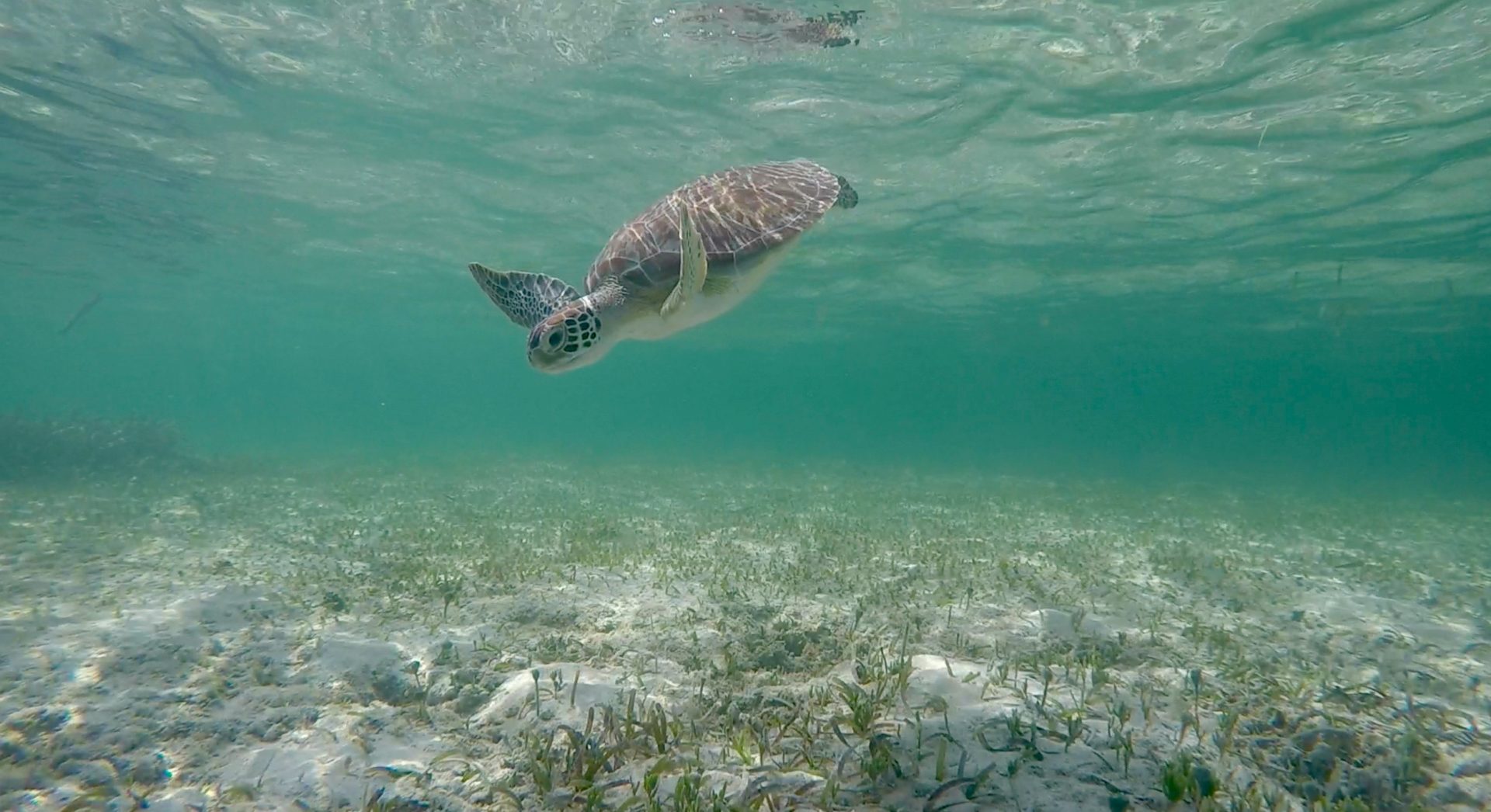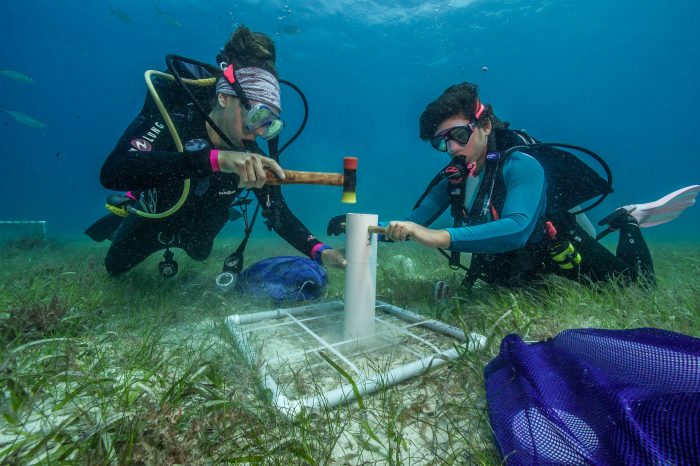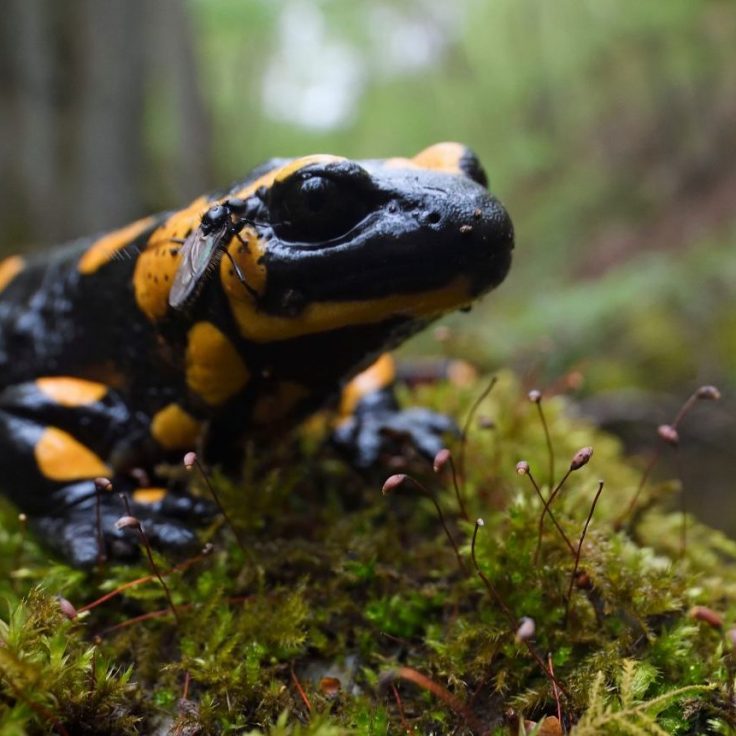
What Happens When the Sea Turtles Come Back?
New research takes a look at the impact green sea turtles are having on their environment
In 1982, the green sea turtle was first identified as an endangered species by the International Union for the Conservation of Nature. After years of overexploitation dating back to the 15th century, steps needed to be taken to reverse their dwindling numbers.
Now, in 2020, with populations showing early signs of recovery, researchers face the unique task of evaluating how these returning turtles are affecting their native environments after centuries of absence.
Biology doctoral student ALEXANDRA GULICK, with co-authors from the National Park Service and the UF Archie Carr Center for Sea Turtle Research, recently published a paper in Ecology which showed that grazing by green turtles in Caribbean seagrass meadows actually stimulates the growth rate of the grass, referred to as seagrass productivity.

Gulick was inspired to conduct this research after working on a project prior to graduate school in Shark Bay, Western Australia, where she was evaluating green turtle and seagrass interactions after a major regional heatwave.
“The heatwave caused a massive die-off of seagrass in the region,” Gulick explained, “which had cascading effects throughout the ecosystem and impacted organisms like green turtles.”
Gulick realized that little was actually known about the effects of green turtle grazing on seagrass meadows, especially when considering the major decline in green turtle populations in prior centuries. Looking for an example that could provide insight, she turned to research on the Serengeti grasslands, where some populations of large herbivores like elephants and wildebeest have also recovered in recent years. “The same phenomenon is occurring with green turtles and seagrass meadows,” she said.
While the paper found that green turtle grazing is having a positive impact on seagrass productivity, much is still unknown about how it may influence human society and the climate. Though it was hypothesized by researchers that the return of green turtle grazing would affect the ability of seagrass meadows to remove carbon dioxide from the atmosphere and stabilize sediment — believed to protect coastlines against forces like hurricanes — current studies indicate that grazing has not actually impacted either.
In the paper, Gulick and her co-authors also highlight the need for future researchers to take a historical perspective and use appropriate indicators when evaluating seagrass response to grazing, as green turtle populations continue to recover and seagrass meadows are returned to a natural grazed state.
“Green turtles were much more abundant historically,” Gulick said, “and seagrass meadows undoubtedly looked very different from what we see today.”


